|
Sometimes, spaces look playful... but you can't actually play in them. image: reddit
Don't get me wrong. I love ball pits as much as the next guy. I spent pretty much every afternoon of my childhood at Chuck E. Cheese (and, unlike kids today, I actually got to run around and play by myself while the parents drank pitchers of beer). I'm all about play, and I'm stoked that so many Silicon Valley startups want ball pits. But here's the thing: many designers and office managers think their job is complete once they've got that ball pit installed. Creating a playful office space requires more than that. I mean, sure, the ball pit is a great start! Because one of the requirements for play is managers and an environment that foster and encourage fun, creative behavior. A ball pit is a great indicator of exactly that... IF. AND ONLY IF. Other cultural cues are consistent with that message. You can't install a ball pit and then ruthlessly drive employees; punish them for benevolent transgressions; micromanage; and focus more on winning than mutual enjoyment during "fun" activities. Even well-meaning managers can screw this up. For example, as I wrote in The Top 2 Mistakes Managers Make in "Gamifying" Work, And How to Correct Them, Before you can study anything in psychology, you need to define it. Which is why there is a formal definition of play. The post continues: Another critical dimension of play is that it is self-directed. Moreover, it requires (and builds) trust. In other words, play is:
So now, let's think about some examples of "playful" office spaces. Some have games and comfy chairs: Some have astroturf and plants: Or cool furniture: Then there's slides and ball pits. It looks nice. And it's true that we like things that look nice. Creating an area with fun colors, open space, high ceilings, and lots of, like, circles and round things can, itself, help foster creativity. But in order to truly foster play, these spaces have to be.. .flexible. Moldable. You have to be able to use them in more than one "right" way. Think about how much fun children have with some complicated toy it took their parents hours to assemble... Verses how much fun they have with the box and the wrapping paper. This is because there is one way to use the fancy toy... and a million imaginative ways to use the box. And! You don't have to worry about messing up the box, breaking the box, or playing with it "wrong". So you're free to mark it up, throw it, ride it down the stairs -- whatever you want.
image: Paige Hays.
How do you do have that interaction with a slide, a hammock chair, or astroturf? Or even a ball pit? Another way to ask this: which playground would you rather play on? Which one will still be fun after one, two, or even twenty visits? This one: Or this one:
image: Tom Moore
So clearly, designers, managers and architects need to consider more than aesthetics in their "playful" design. They need to do, first and ongoingly, four things: 1. Make an opening move. When Ruby -- who, let's be real, is my boss -- wants to play, she initiates by making the opening move:
She bows. Wags her tail. Makes eye contact with me... and then pounces. Does something goofy. Makes herself vulnerable. (I could reject her offer, after all.)
As I mentioned earlier, playfulness requires and builds trust. As a manager, you're probably going to have to be the initiator. You're going to have to make yourself vulnerable first. You're going to have to make the opening move. You have to show trust, in order to get your employees to trust you. You've got to show them -- with your behavior, not just your ball pit -- that play is encouraged here. Next: 2. Model playful behaviors. The managers in my "Failed Gamification" post didn't model the values they wanted to see. They just punished people who didn't participate. See the difference? Moreover, by setting examples and guidelines instead of rules, you open up opportunities for innovation, creativity, and "first followers": 3. Allow (and even encourage) failure. Remember when Facebook was a little baby that was rapidly becoming a tech giant? Remember what their motto was? I'll give you a hint:
It was "move fast and break things".
Explicitly allowing for failure in its motto was one of the reasons Facebook's engineers felt empowered to test creative ideas out on their own -- without having to run everything by a manager. This meant that instead of going to Mark Zuckerberg to ask permission to try something, they could approach him with data and results. Of course, as they continued growing, they eventually had to change their motto.
"Move fast with stable infrastructure."
This updated motto imposed guidelines and accountability, while still preserving the original message: it's okay to break things. It's okay to try new ideas. And that's one of the reasons Facebook has continued to thrive. John C. Maxwell explores this in rich and engaging detail in his bestseller, Failing Forward: Turning Mistakes Into Stepping Stones for Success. 4. Combine teamwork with individual autonomy. Play is, by definition, self-directed. It has to be -- in order to ensure mutual enjoyment, participants must have the power to adjust accordingly to circumstances and individuals around them. Let's use dogs as an example again. Dogs can weight two pounds, and they can weigh two hundred pounds. Yet, somehow, they are all able to play together at the beach or the dog park by adjusting their play styles to the ages and sizes of the dogs around them. Children do the same thing. There's a reason third graders can play kickball with the eighth graders. And it's not because their teacher tells everyone what to do, and when, and how hard. Playful adults need the power and space to do the same thing. No one likes to be micromanaged. In fact, one of the conclusions of my gamification post was: Take an Agile approach to your gamification strategy.
This is exactly how Zappos created "the ultimate customer experience". Rather than run a dry, robotic customer support team, Zappos basically told its agents, "Go! Make the customer happy. However you want!"
More specifically, to quote Sharpen Technologies: Job candidates are thoroughly interviewed and screened to ensure their values match those of Zappos, and they test new employees’ commitment by offering them money to quit after 2 weeks of training. Zappos creates a culture of caring and friendship by treating their employees well. They encourage a fun, collaborative environment and offer employees perks like a nap room, petting zoo, bowling, karaoke, snacks and more.
And, according to Zappos CEO Tony Hsieh wrote in Harvard Business Review:
Most call centers measure their employees’ performance on the basis of what’s known in the industry as “average handle time,” which focuses on how many phone calls each rep can take in a day. This translates into reps’ worrying about how quickly they can get a customer off the phone—which in our eyes is not delivering great customer service. Most call centers also have scripts and force their reps to try upselling to generate additional revenue.
Notice how Zappos doesn't stop with petting zoos and bowling. They push the playfulness into every aspect of the culture -- with incredible results.
Another company that's done a great job of not just creating a beautiful space, but also encouraging play and instilling shared values in all employees, is Patreon, an "online tip jar" for digital artists and musicians. Patreon has managed the feat of incorporating the company mission and values into the design of office spaces. The building is full of art and photography -- much of which was created by Pateron's users:
For them, the playful artwork is a constant reminder of what they're doing -- and why.
Moreover, the office is full of instruments -- from guitars and ukuleles to drums, keyboards, and pianos. Whether you're a skilled musician or a total noob, you can join in on an impromptu jam session. But, of course, if you do happen to be a serious musician, you can always hop into a recording booth and make something. And! Since both co-founders are musicians (Jack Conte is in a band called Pomplamoose, and Sam Yam is a talented singer and piano player), there is an obvious culture of acceptance and encouragement when it comes to music making. (Before I move on, a few quick notes: 1. I'm on Patreon. Support me! 2. Pomplamoose is a legit band. I've loved them ever since I heard them on the 2008 Stanford Soundtrack. Check them out, too.) 5. Adult play is important -- but adult "preschool" is a scam. A new "adult preschool" recently opened in Brooklyn. Lots of people asked me what I thought about it, expecting a positive response. Instead, I wrote Adult Play is Important -- But Adult Preschool is a $333 Scam! In short, I discussed how things like clay and finger paints are fun for three-year-olds because they present the right combination of challenge and mastery. They are able to complete paintings and sculptures -- but only through sustained focus (3-10 minutes of concentration is a lot for a three-year-old!), fine motor skills (which are really hard for three-year-olds!), and imagination. But... there's a reason preschoolers enjoy finger paints and clay more than those little chew toys parents give babies or 1,000-piece jigsaw puzzles. Too much challenge without mastery makes a task frustrating. Too much mastery without challenge makes a task boring. The right combination of both produces a state of flow, or total immersion in the activity you're doing: This is why I think it's bizarre to create games and spaces or adults... that infantilize them. As a one-off thing, "adult preschool" could be fun. But how many adults are climbing into the company ball pit every day for fun and stress relief? It seems like something most people would enjoy trying on their first day, and then never again. Unless they can think of some fun alternative uses for the space -- like, say, designing some sort of IRL sorting "algorithm" or "life-sized Rubik's cube". Or recreating that scene from Saw II when the drug addict has to jump into a pit of needles to find a key. Or something. Flow is incredible and amazing. It makes the time fly. It takes your breath away. As a manager, employee, or human being, I highly recommend learning about how to find flow. The expert on this is psychologist Mihaly Csikszentmihalyi, whose research on the "optimal experience" led him to several books and papers on flow. I recommend Flow: The Psychology of Optimal Experience. But, of course, Creativity: Flow and the Psychology of Discoveryand Invention might be more relevant to the workplace.
***
What's the takeaway, here? In the words of my friend Bruce, an architect: "We see space from the modern concept of functionalism, which would have us assign instructions or a narrative to everything. Overencumbering playtime is a narrative problem dreamed up in a marketing department, making us try to experience space in the same way, when it's impossible! Down with the narrative! Down with marketing rhetoric! Board games on the wall?
Image: Business Insider
Some people just want to watch the world burn."
If you want to make your office a creative and playful space, do it wisely. Remember:
And if you want to read a book that will change your life, I recommend Play: How it Shapes the Brain, Opens the Imagination, and Reinvigorates the Soul, by Christopher Vaughn and Stuart Brown. A single guest lecture in 2006 by Dr. Brown completely changed the course of my life. Maybe he'll change yours, too.
0 Comments
Leave a Reply. |
About the Author

Eva is a content specialist with a passion for play, travel... and a little bit of girl power. Read more >
Want to support The Happy Talent? CLICK HERE!
Or Find me on Patreon!
What's Popular on The Happy Talent:
Trending in Dating and Relationships:
What's Popular in Science: Playfulness and Leisure Skills:
Popular in Psychology and Social Skills:
Categories
All
|
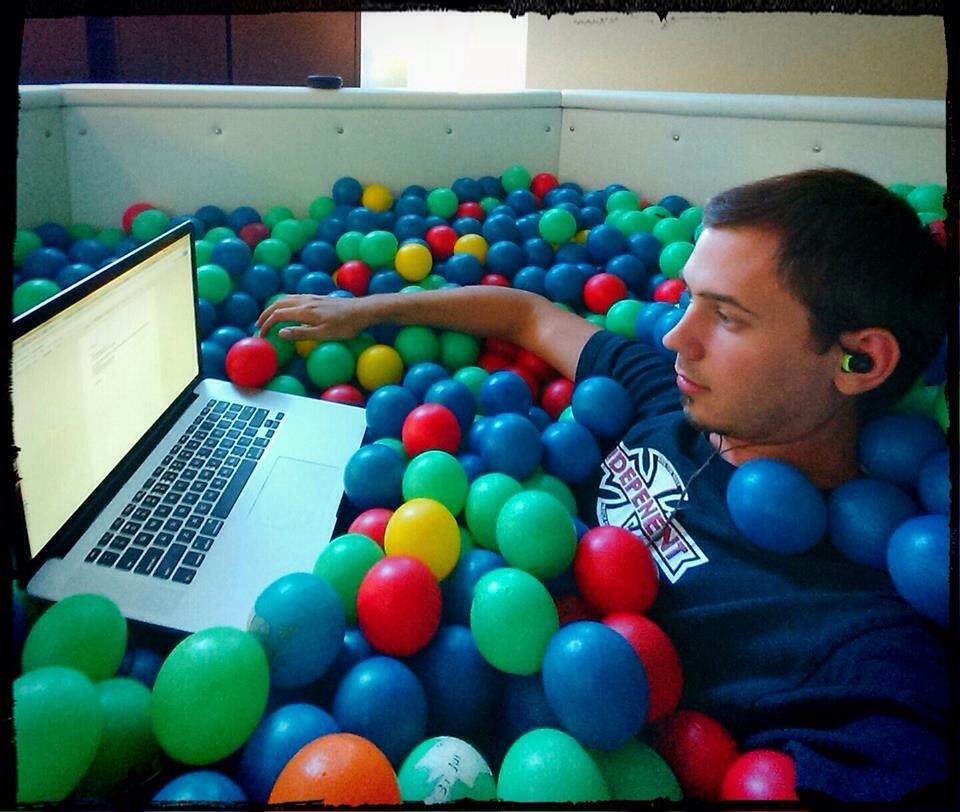
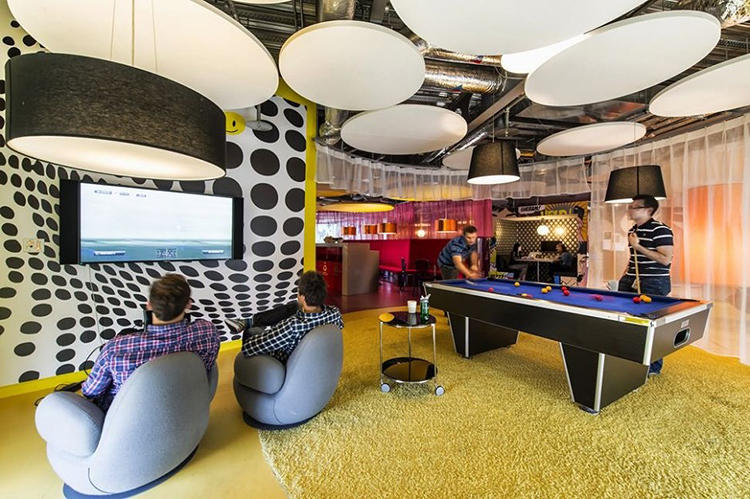
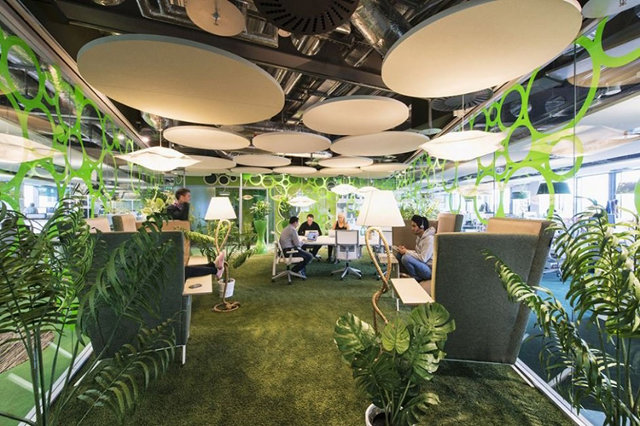
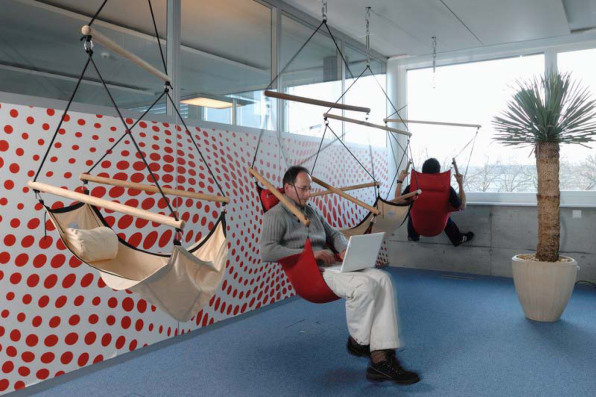
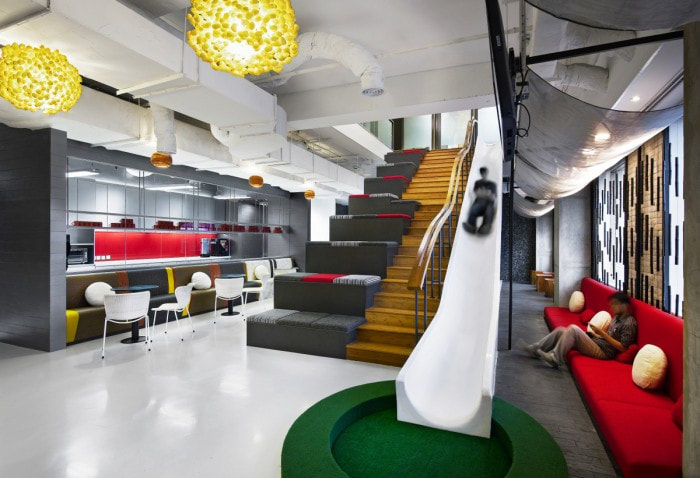
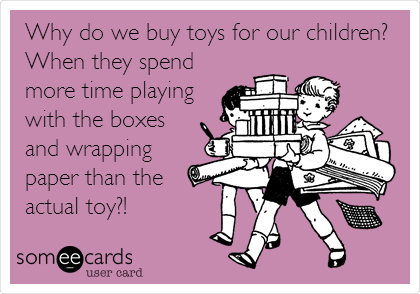
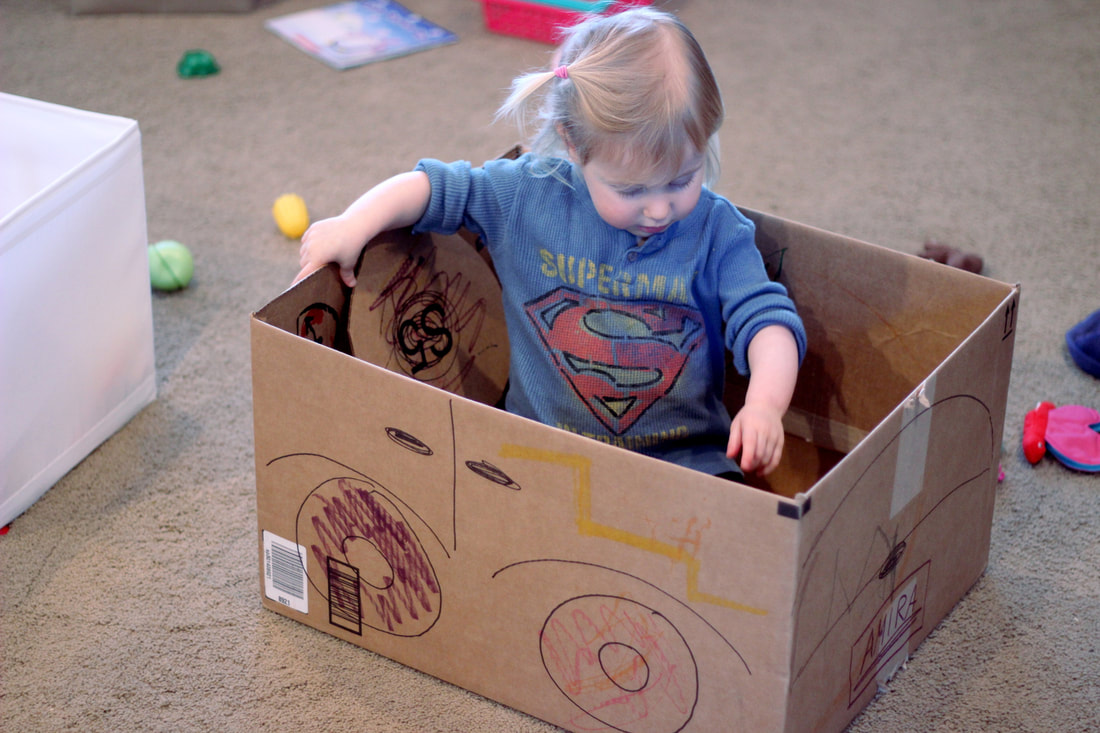
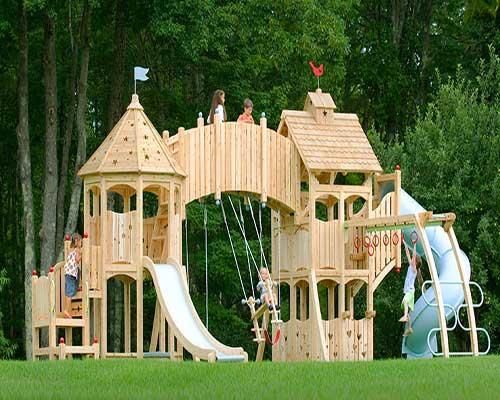
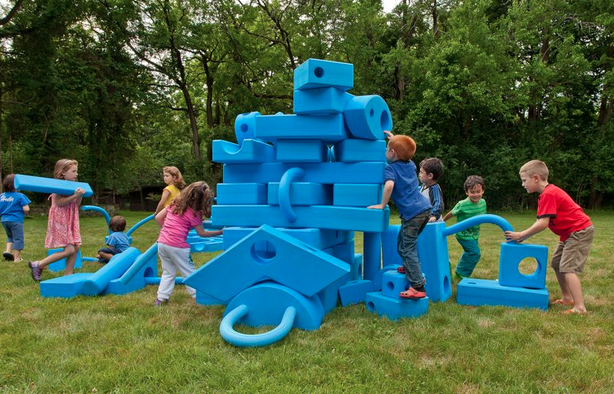
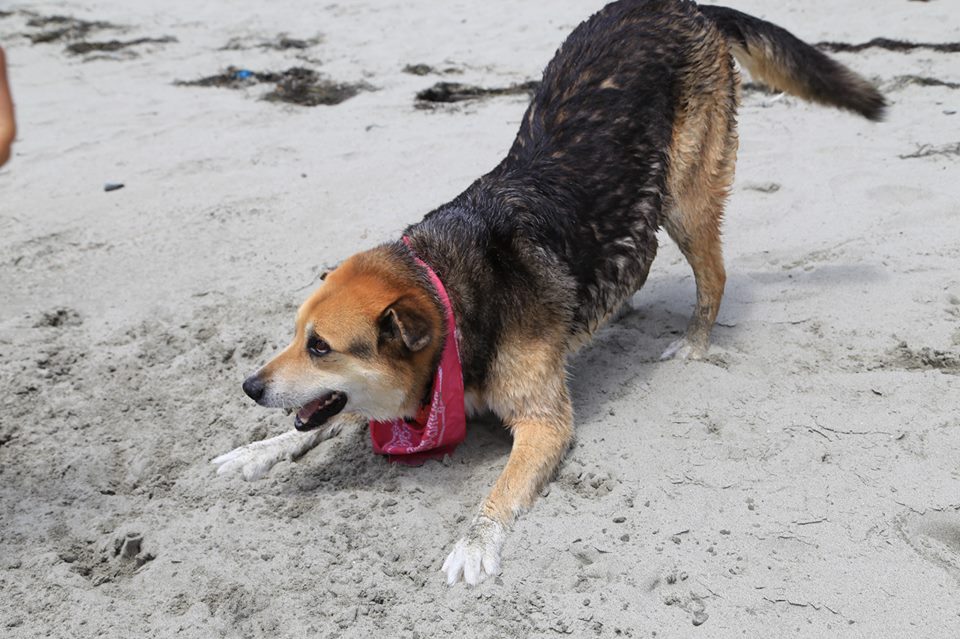
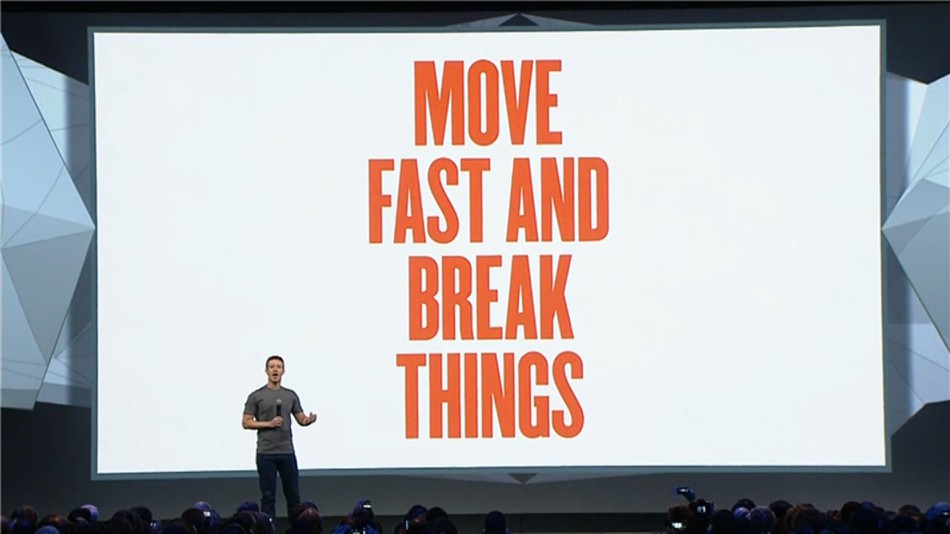

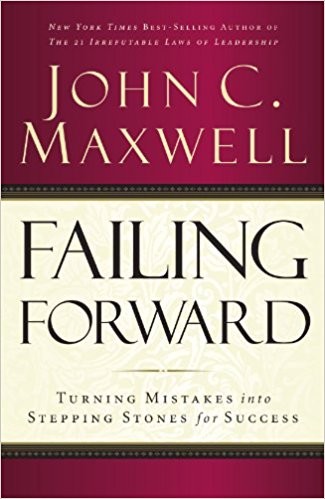
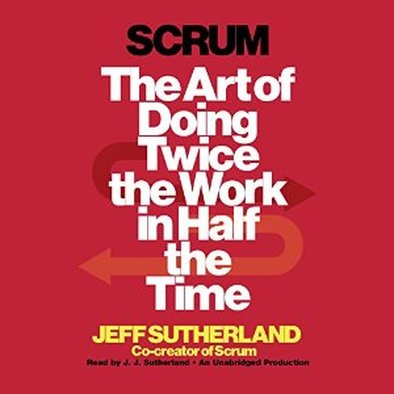

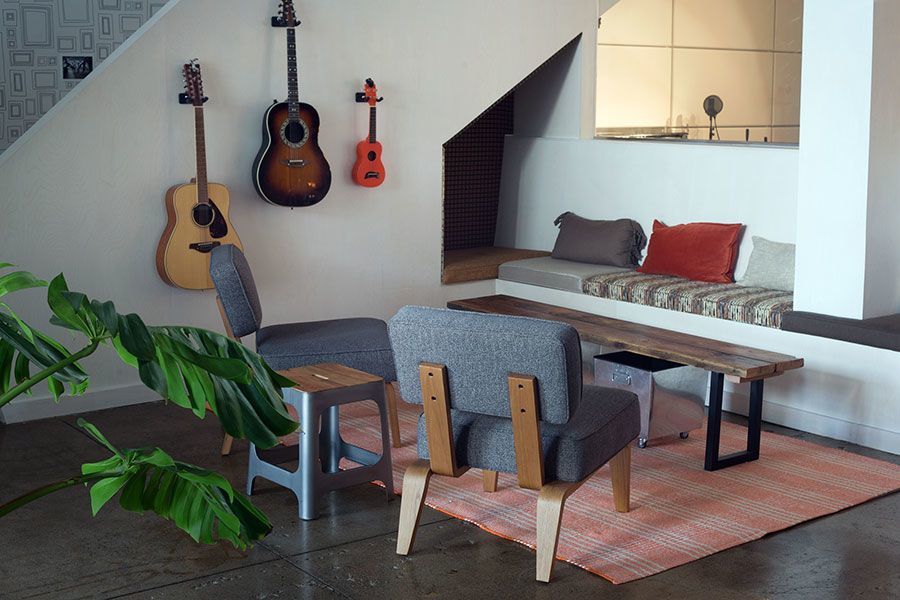
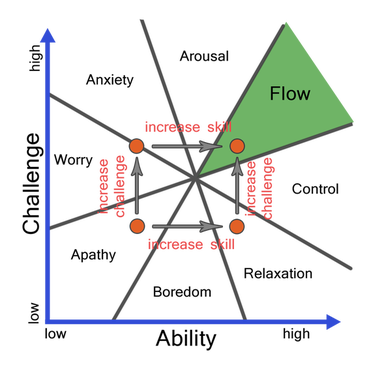

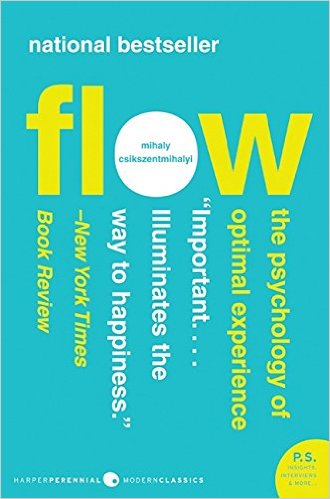
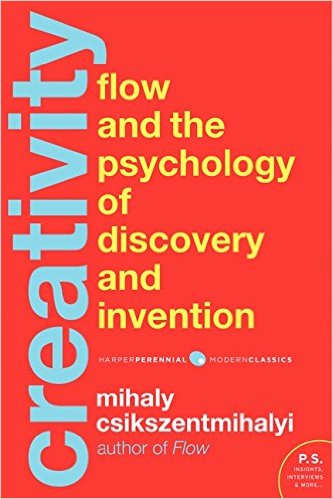
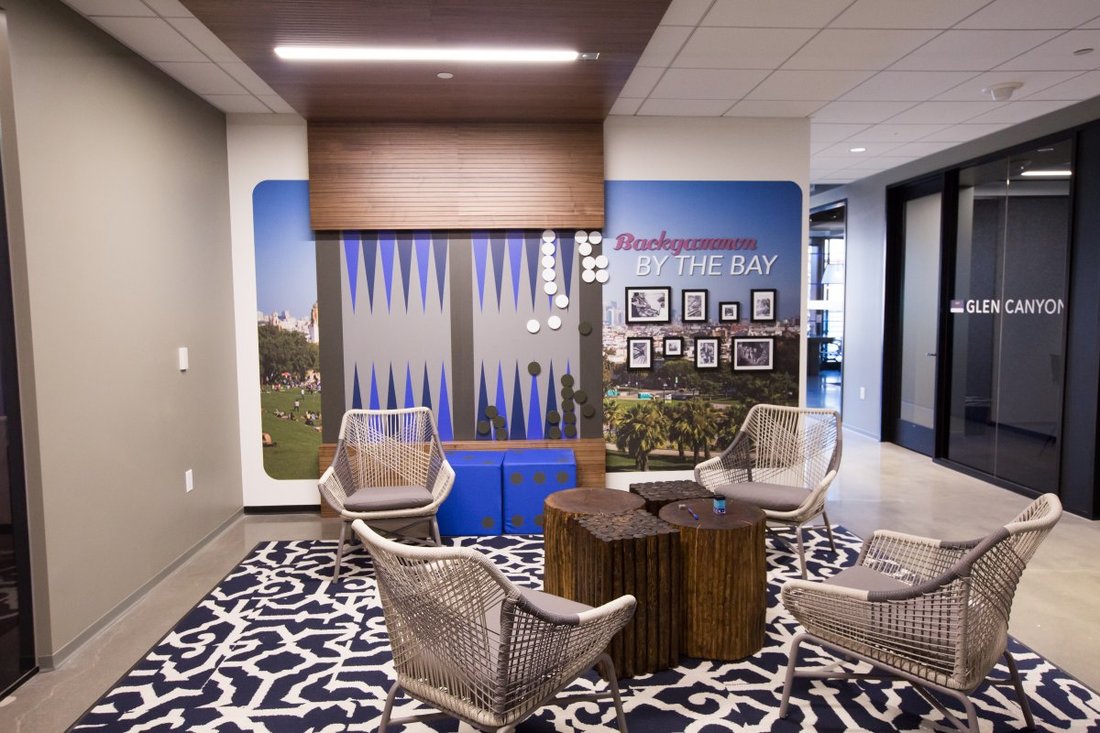
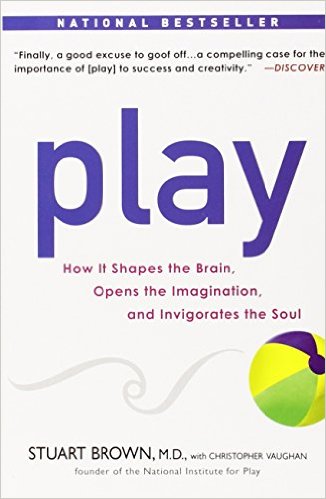

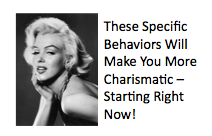


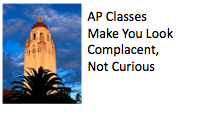


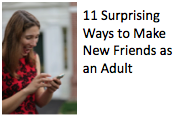






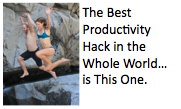




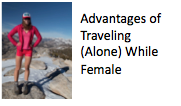



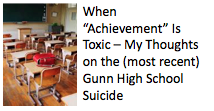
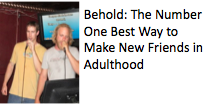
 RSS Feed
RSS Feed